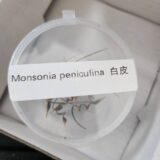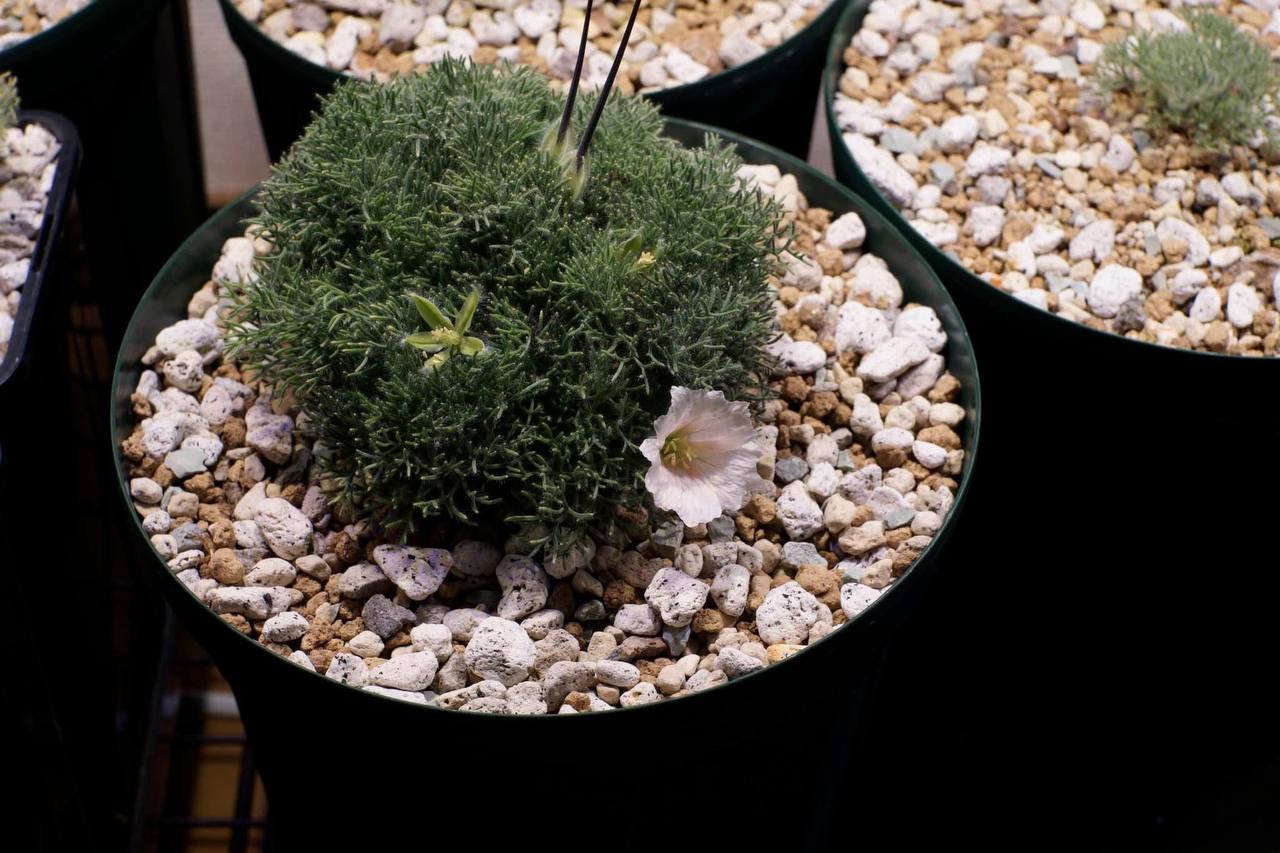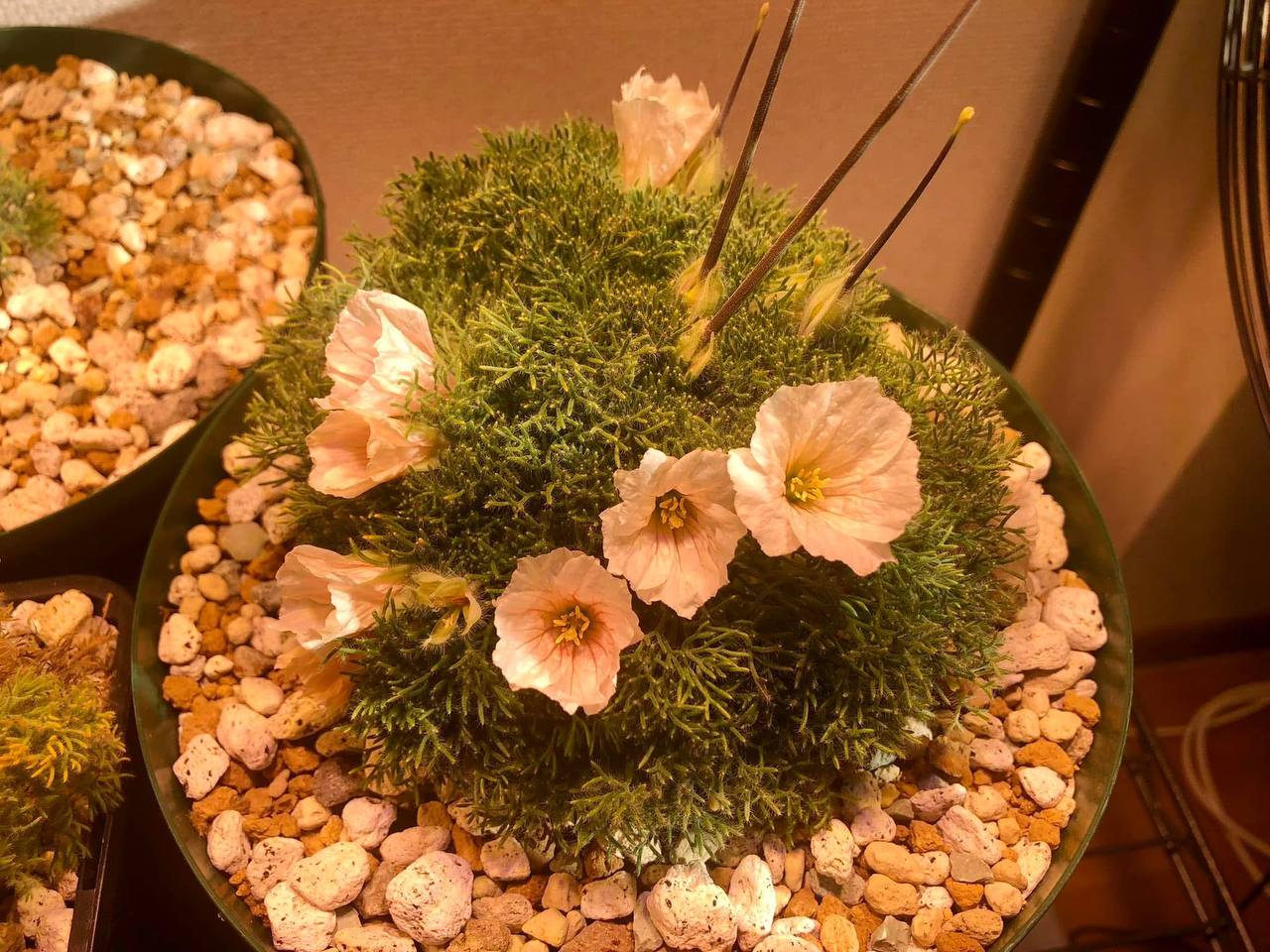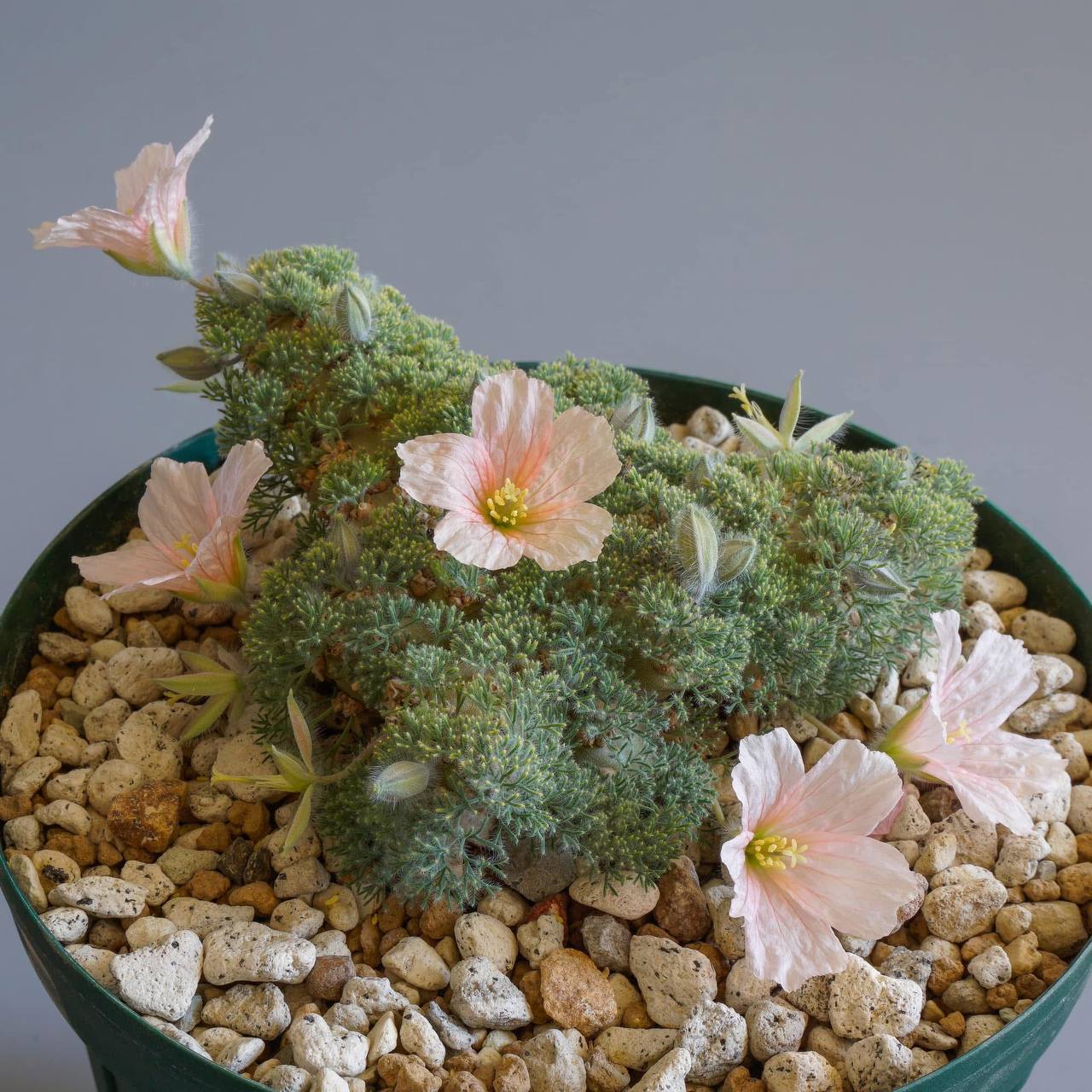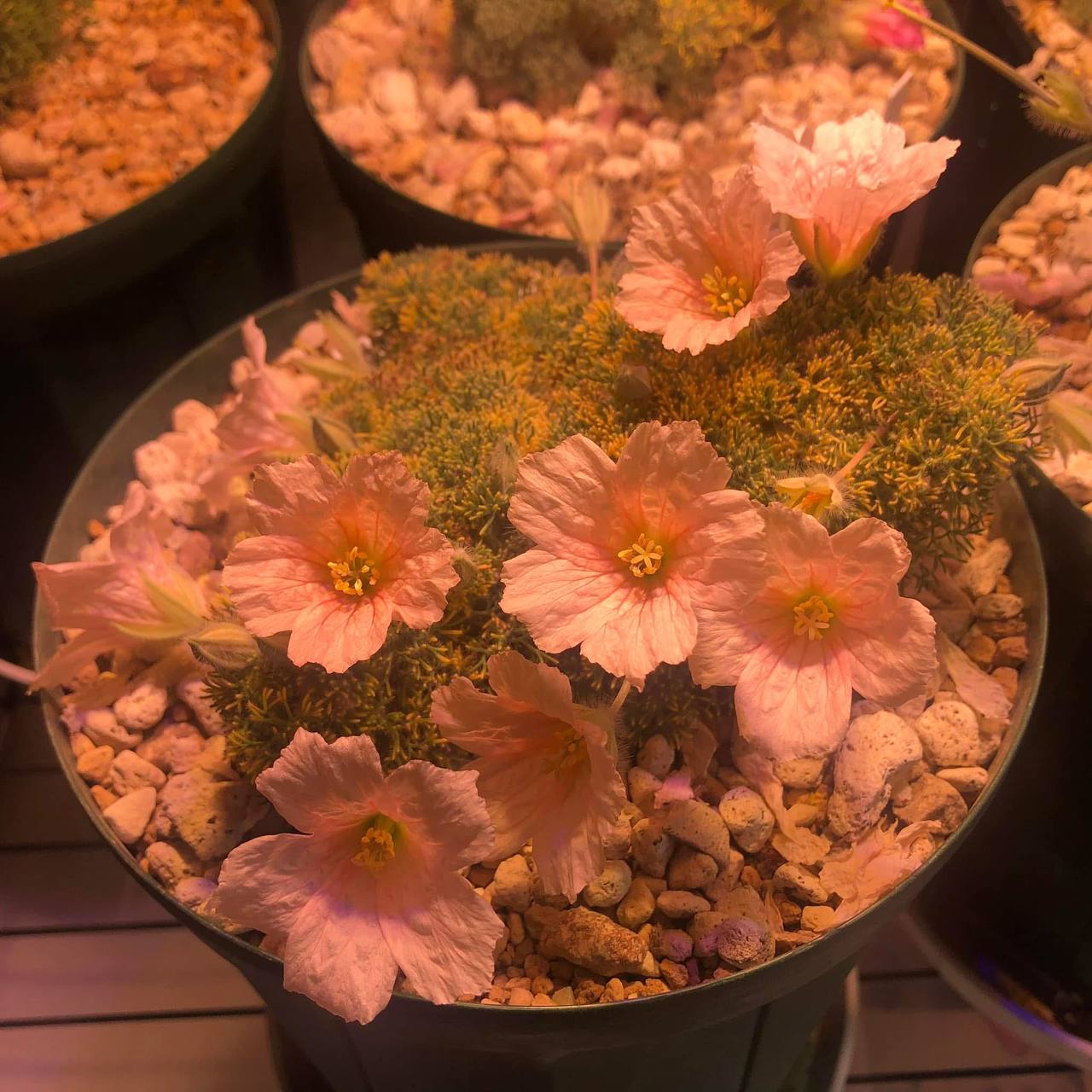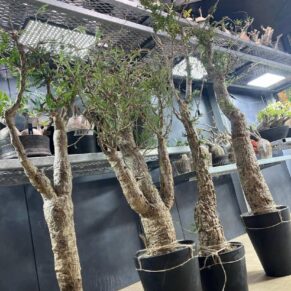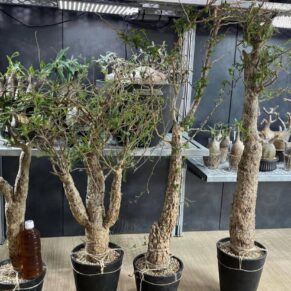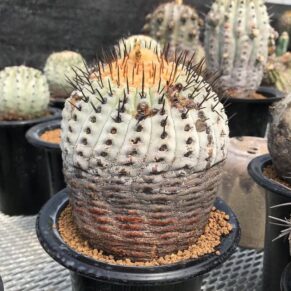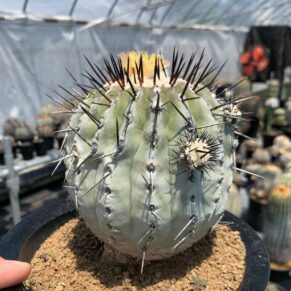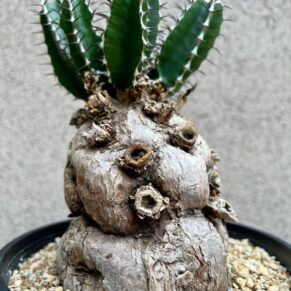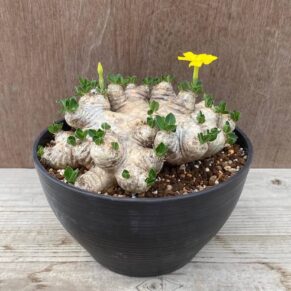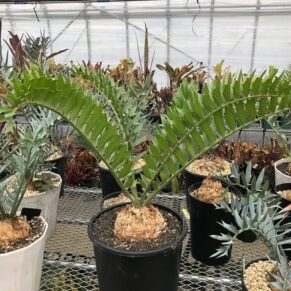- Your cart is empty
- Continue shopping
Shop
Monsonia peniculina
$75.00
Discover everything about Monsonia peniculina – a rare, drought-resistant succulent native to Namibia. Learn cultivation tips, habitat details, and more.
Availability:10 in stock
Add to cart
Buy Now
Monsonia peniculina
Monsonia peniculina, commonly known as the white-skinned moon boundary, is a captivating plant native to the arid regions of Namibia, Africa. Belonging to the Geraniaceae family and the Sarcocaulon genus, this species is cherished for its unique appearance and resilience in harsh.Facebook group. environments. Shop here
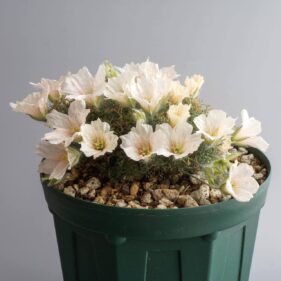
Taxonomy and Nomenclature
Initially described as Sarcocaulon peniculinum by Moffett in 1979, the species was later reclassified under the Monsonia genus by F. Albers in 1996. This taxonomic journey highlights the complexities and ongoing research in plant classification ;Shop here
Native Habitat and Distribution
Monsonia peniculina is indigenous to the semi-desert regions of Namibia, particularly near the mining town of Rosh Pinah. It thrives in areas characterized by sparse shrubbery and rocky outcrops of weathered quartzite. The plant’s native habitat experiences minimal annual rainfall, emphasizing the species’ drought-resistant traits. Shop here
Morphological Characteristics
-
Stem: The plant features a swollen, grayish-yellow, tuberous stem with a waxy coating. This layer serves as a protective barrier against water loss and external threats. Remarkably, even after the plant’s death, this waxy coating remains, allowing the dried stems to ignite easily, a feature noted by indigenous communities who have historically used them as torches. Shop here
-
Leaves: Leaves are pinnately divided, resembling fern fronds. They are arranged in rosettes along the stem, contributing to the plant’s ornamental appeal. Offer to sell domain: plantedia.com
-
Flowers: During the autumn flowering season, Monsonia peniculina produces clusters of small, star-shaped flowers. These blossoms exhibit a range of colors from pale pink to vibrant red, with delicate veining adding to their elegance. Shop here
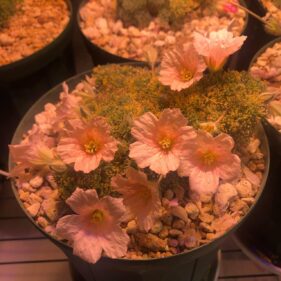
Monsonia peniculina
Cultivation Requirements
Cultivating Monsonia peniculina requires attention to its native adaptations:
-
Light: The plant prefers full sun but can tolerate light shade.
-
Temperature: It thrives in temperatures between 3°C and 30°C.
-
Watering: Being drought-tolerant, it requires thorough watering only when the soil surface is dry
-
Humidity: It flourishes in environments with humidity levels between 30% and 80%.
-
Soil: A well-draining mix is essential, ideally comprising 75% pumice and lava sand gravel.
-
Fertilization: Applying diluted fertilizers once monthly during spring and autumn supports healthy growth.Pruning: Regular removal of flower stems and any diseased or decaying leaves maintains the plant’s health and appearance.Shop here
Propagation Techniques
Propagation is typically achieved through seeds or cuttings. Seeds should be sown in autumn, either surface-sown or lightly pressed into the soil. Given the plant’s slow growth, patience is essential, with seedlings potentially taking years to reach maturity.
Cultural Significance
Beyond its ornamental value, Monsonia peniculina holds cultural importance. Indigenous communities have historically utilized the plant’s waxy-coated stems as torches, capable of igniting even in humid conditions. This practical use underscores the plant’s resilience and the ingenuity of those who have adapted it for survival in challenging environments.Conservation Status
While not extensively studied, Monsonia peniculina is believed to have a limited distribution, primarily in the vicinity of Rosh Pinah. Habitat destruction and over-collection could pose threats to its populations. Conservation efforts are essential to ensure the species’ continued survival in its native habitat.Shop here



